How Dutch Water Utility Dunea Protects Coastal Drinking Water
In the Netherlands, with nearly one-third of the land surface below sea level, the battle against saltwater intrusion has geared-up innovation in...
2 min read
Ellen Bogaert : Jan 2, 2025 4:48:06 PM
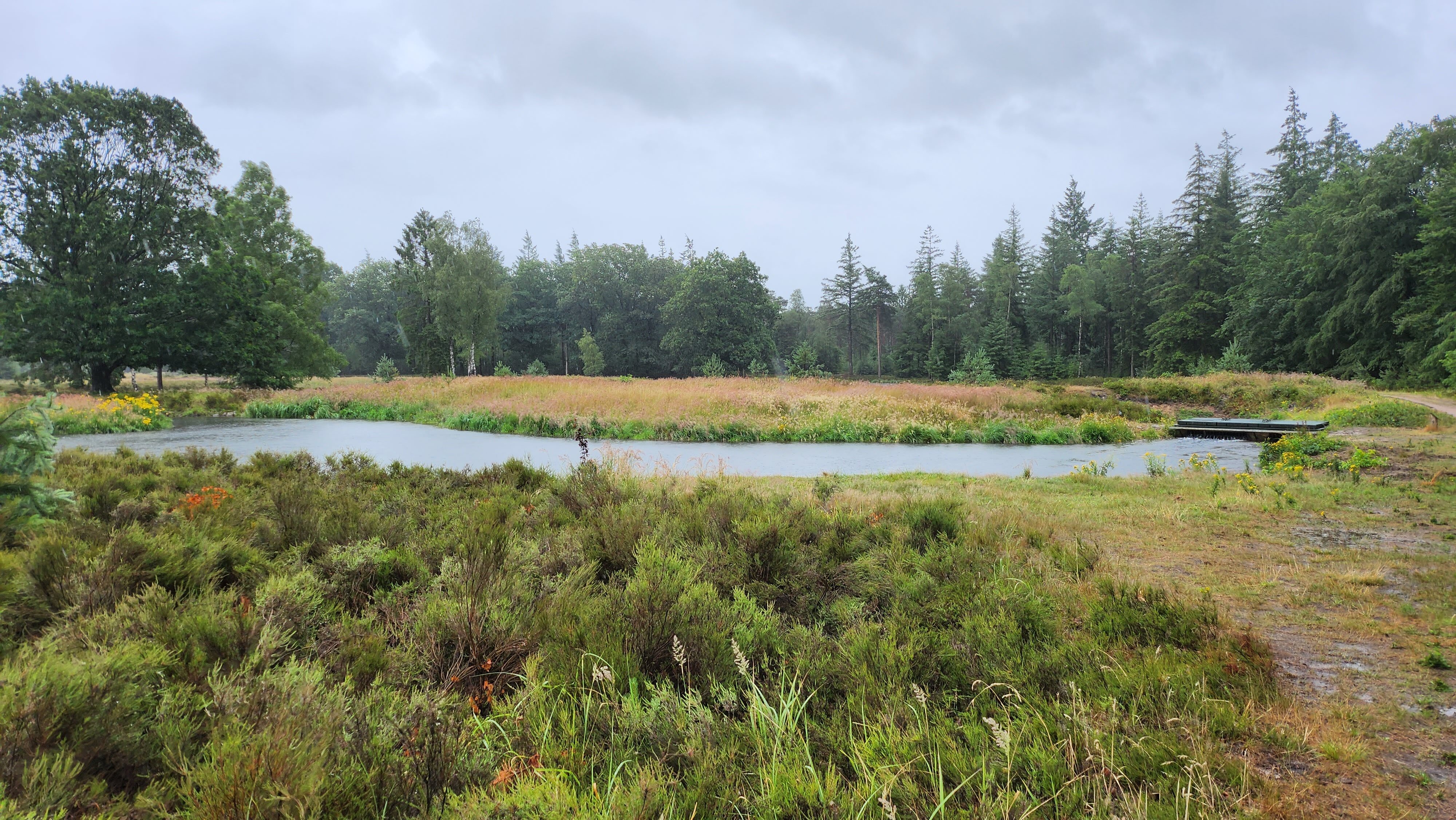
iFLUX's innovative groundwater monitoring technology – ‘iFLUX Sensing solutions’ - is helping Vitens, the Netherlands' largest drinking water utility, optimize its Epe production site operations. The real-time monitoring system balances drinking water production with environmental preservation, measuring groundwater movement across this critical site.
Situated in the Veluwe nature reserve, the Epe site faces a delicate balancing act. It must supply approximately 6 million cubic meters of drinking water annually to surrounding communities while ensuring minimal impact on the local environment. The solution? A sophisticated water management system known as Managed Aquifer Recharge (MAR), where surface water is infiltrated into the ground to replenish what is extracted.
The site's location is particularly suitable for this approach, thanks to its unique geology. The area sits atop a glacial formation dating back to the Pleistocene era, featuring coarse sand and a deep unsaturated zone. This natural formation acts like a giant underground storage tank, perfect for water management operations.
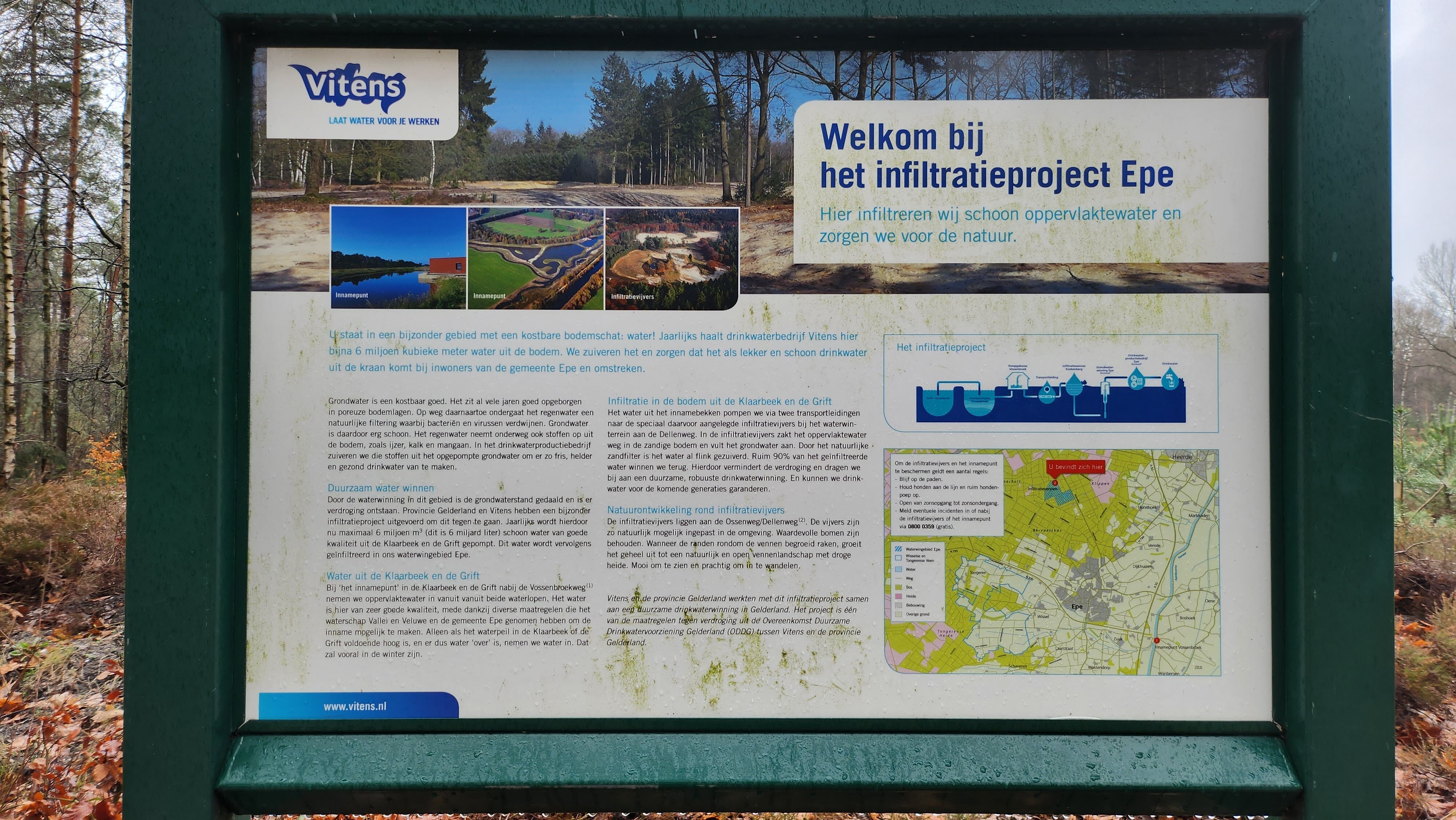
Monitoring campaign
In 2023, additionally to the pre-existing piezometric network in place, Vitens introduced an innovative monitoring method developed by iFLUX. This network of sensors provides real-time data about groundwater movement or flux, measuring water flow rates ranging from less than 1 centimeter to 4 meters per day at various depths. This detailed information is crucial for understanding exactly how water moves through the ground. Thanks to this information Vitens can optimize their MAR and extraction operations, where they aim to balance their annual extraction of 6 million m³ with surface water infiltration.
At the same time, compliance with specific retention times set in environmental legislation has to be guaranteed. Retention time is the time infiltrated surface water has to remain underground to eliminate the risk of viruses or bacteria before it can be re-extracted.
Linked to its geological past, the catchment area is squeezed between tilted clay layers. As the name states, these prior horizontal clay layers were pushed down and aside when glaciers moved over the region during the last ice age, giving them an almost vertical position, and possibly influencing groundwater flow.
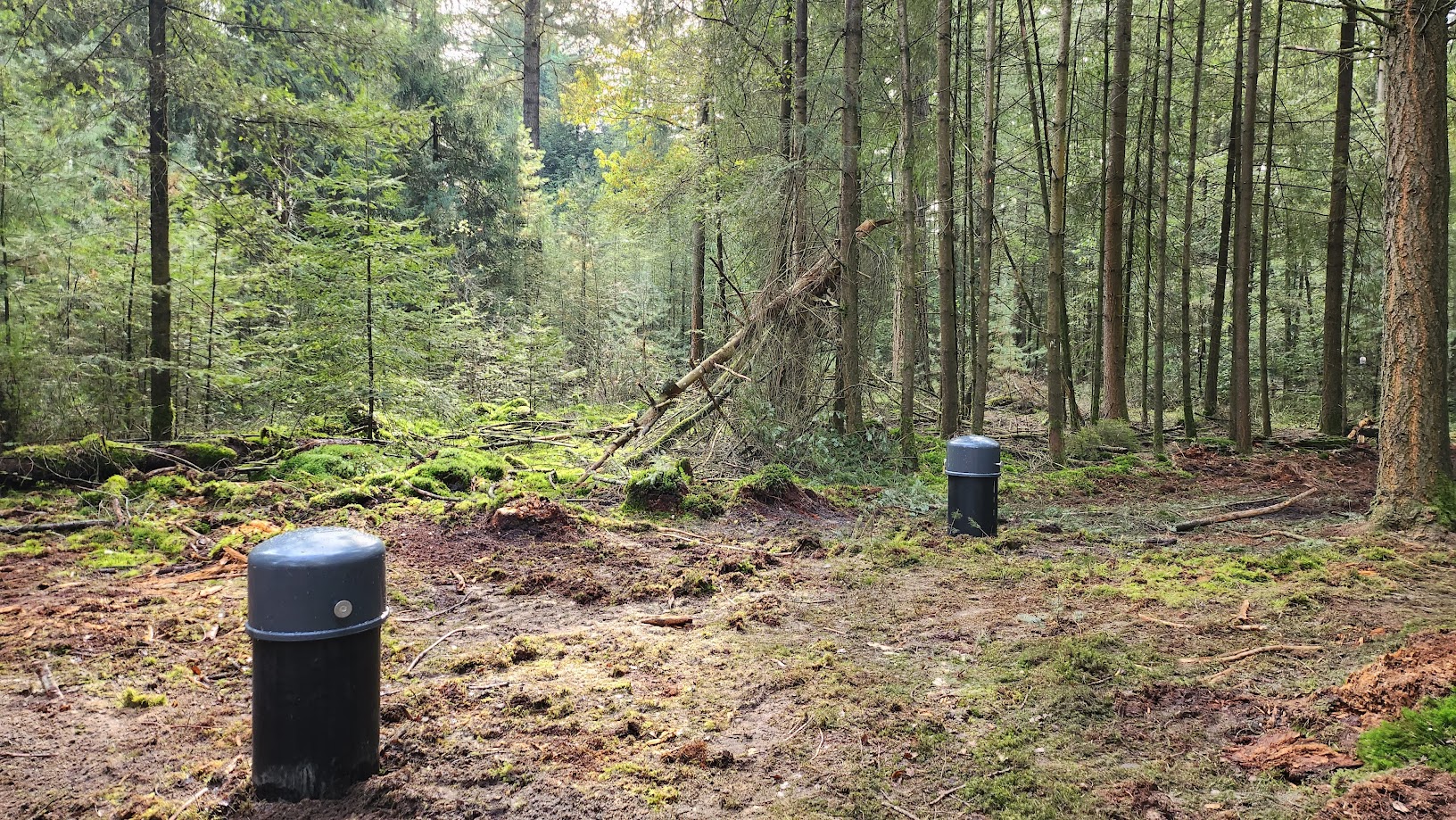
"The monitoring campaign revealed fascinating insights into the aquifer's behavior," says Jeroen November, hydrogeologist at iFLUX. "We identified significant variations in groundwater fluxes across the monitoring network, including a preferential pathway with higher fluxes connected to specific extraction wells. This discovery is crucial for understanding retention times in a complex environment. Additionally, we observed how tilted clay layers distinctly influence both the magnitude and direction of groundwater flow – a finding that's vital for optimizing the MAR system and its connection to the surrounding area."
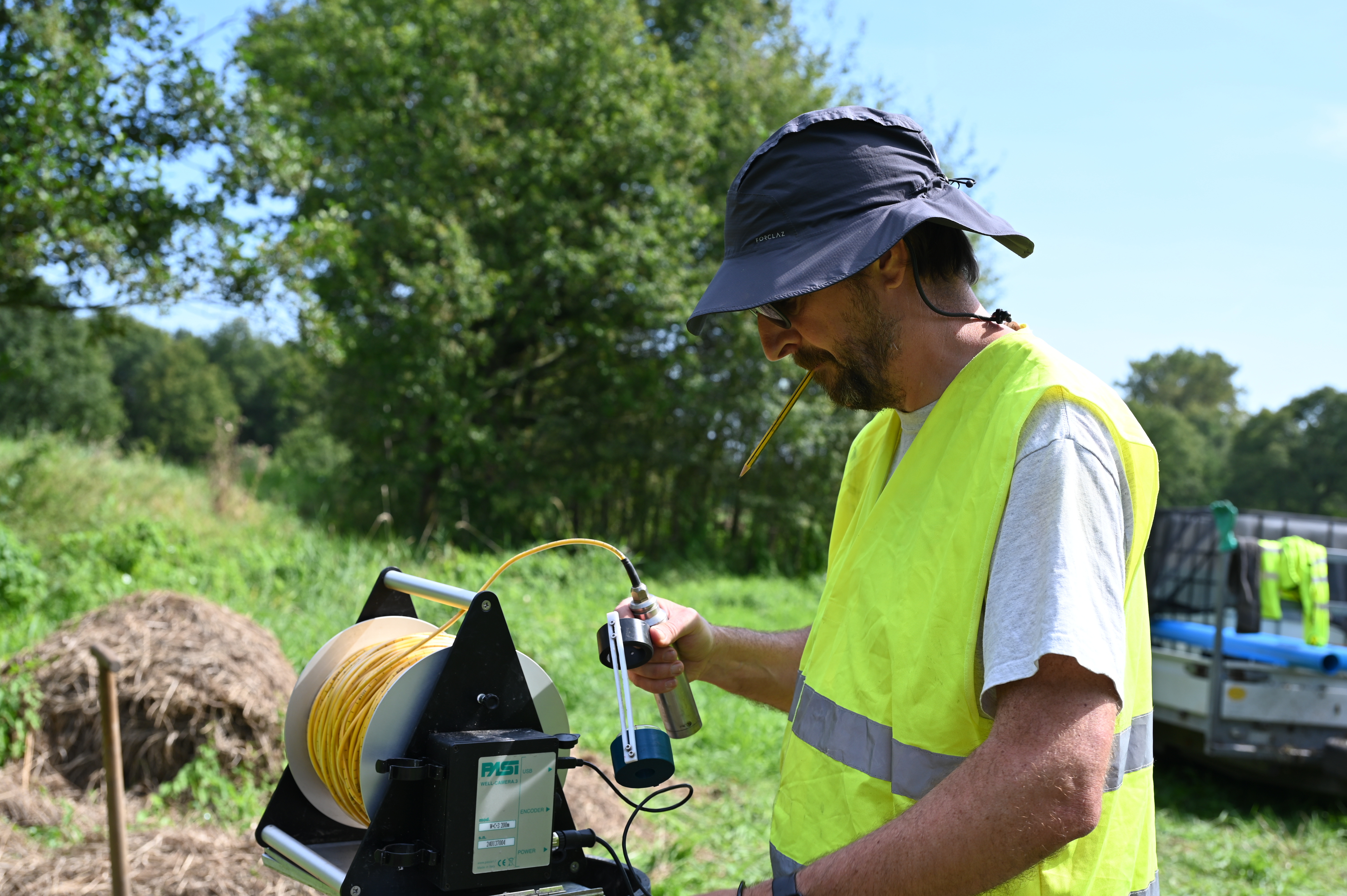
Strategic Impact
The iFLUX monitoring system delivers:
This implementation demonstrates how iFLUX's technology can help water utilities achieve their sustainability goals while balancing environmental preservation with community water needs.
The project, initiated in 2023, continues to provide valuable data for long-term water management strategies.
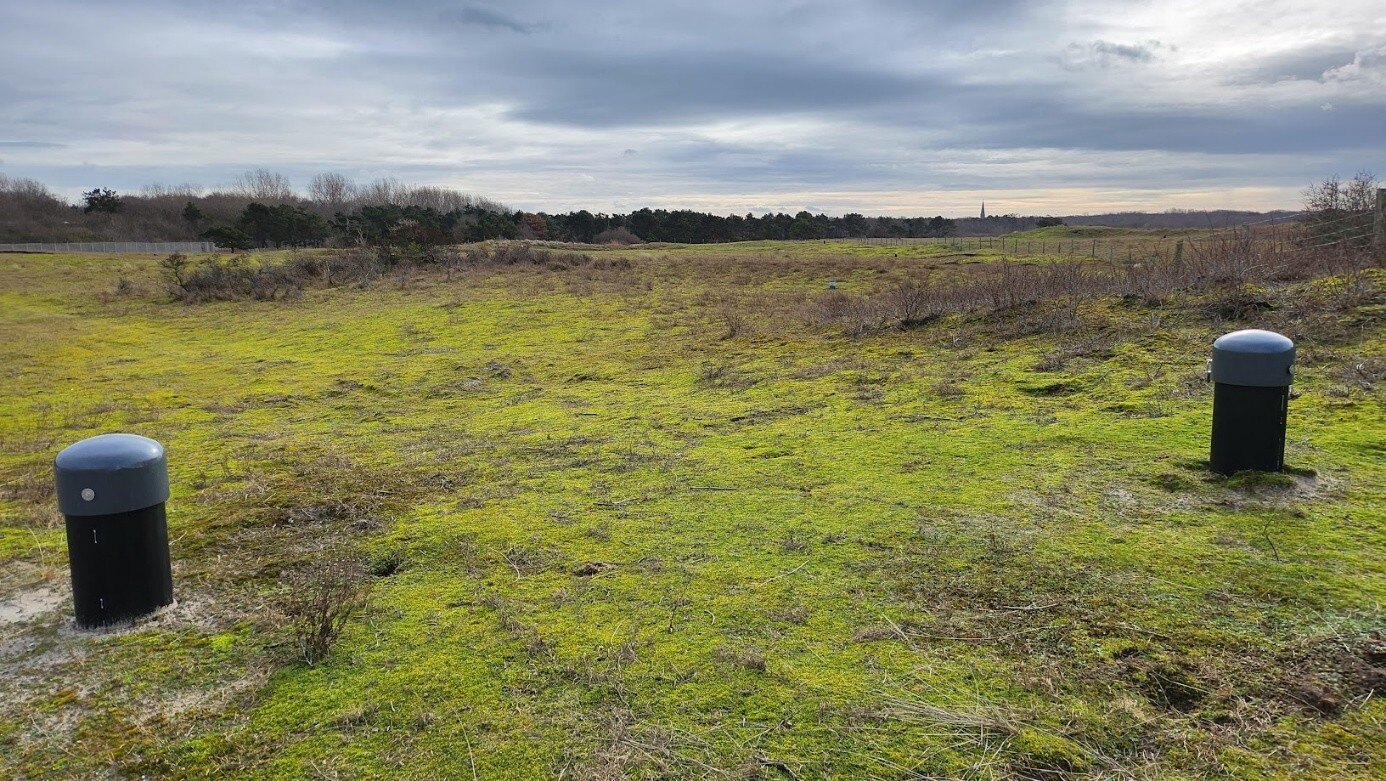
In the Netherlands, with nearly one-third of the land surface below sea level, the battle against saltwater intrusion has geared-up innovation in...
%20(250%20x%20250%20px)%20(300%20x%20250%20px)%20(300%20x%20200%20px).png)
iFLUX has received an outstanding evaluation for its EIC-funded project advancing groundwater monitoring solution, iFLUX Sensing Solutions.
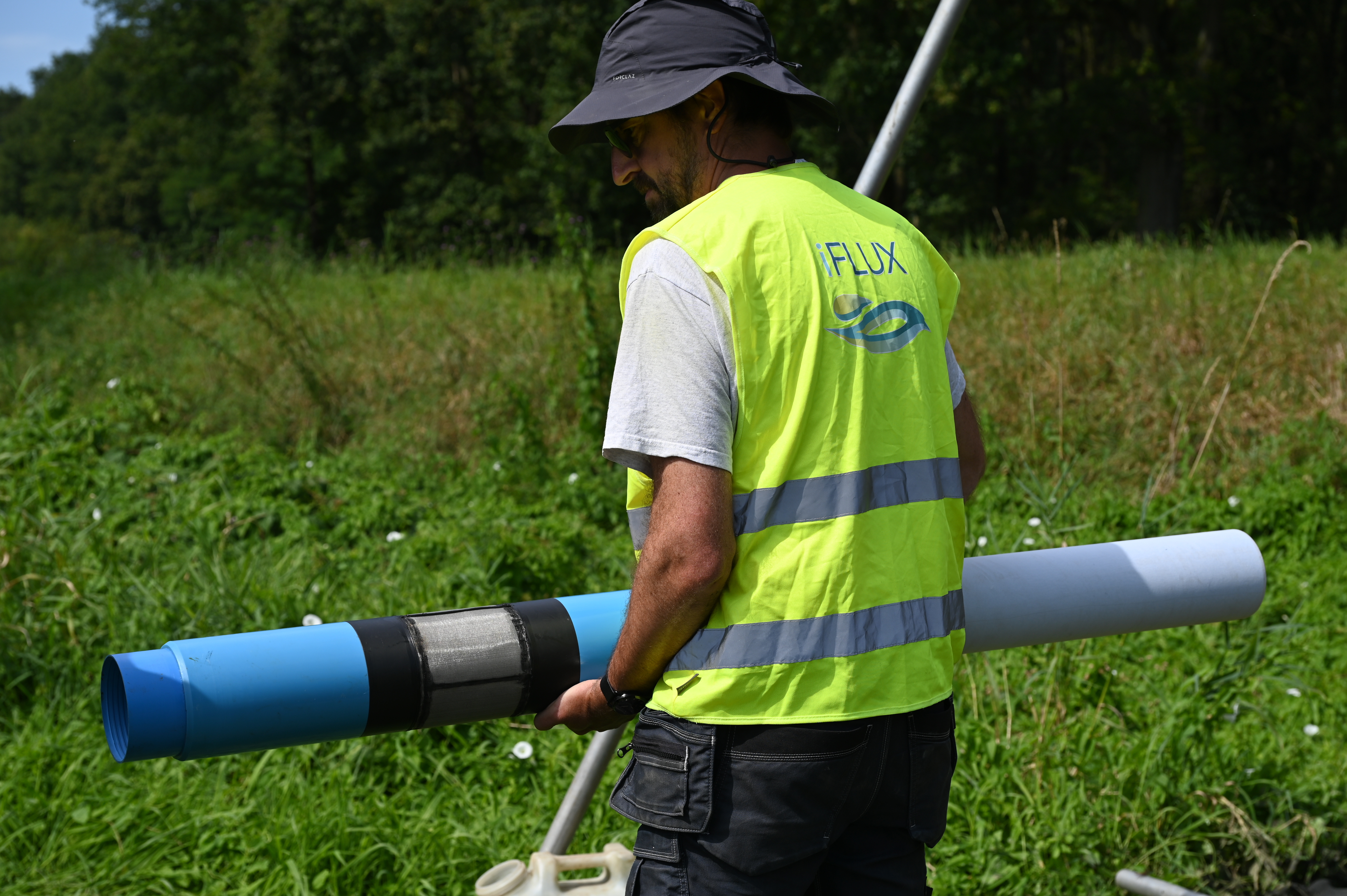
The promising collaboration that began in December 2023 between Belgian drinking water provider Pidpa and groundwater monitoring specialist iFLUX is...